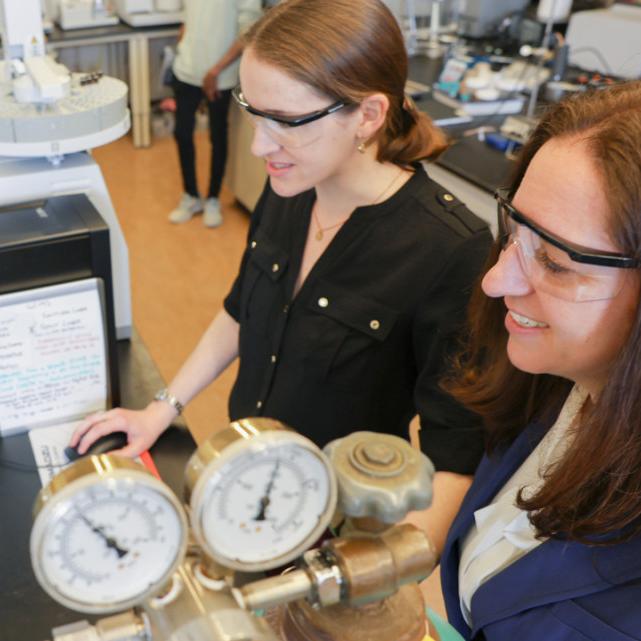
Aye Lab takes its protein-assessing tool to the next level
In 2016, Yimon Aye, Howard Milstein Faculty Fellow and assistant professor in the Department of Chemistry and Chemical Biology, introduced the world to “T-REX” – a chemical method for targeting and modulating single proteins to analyze and screen for specific oxidation-reduction (redox) events, which are vital to many basic functions of life.




